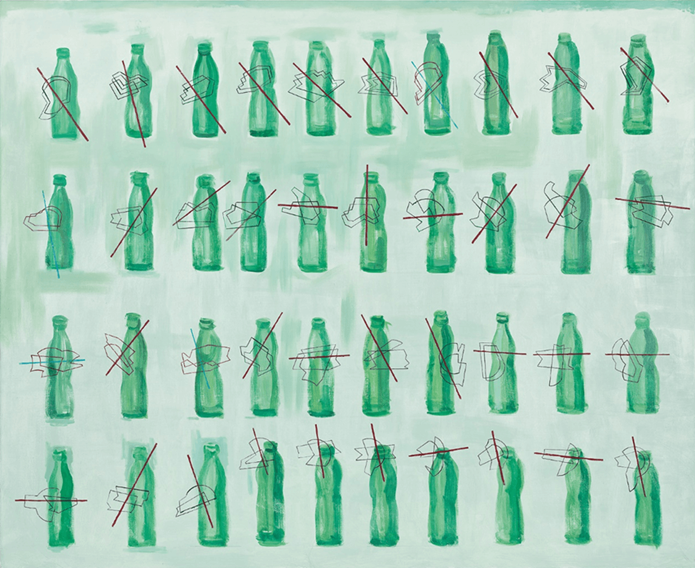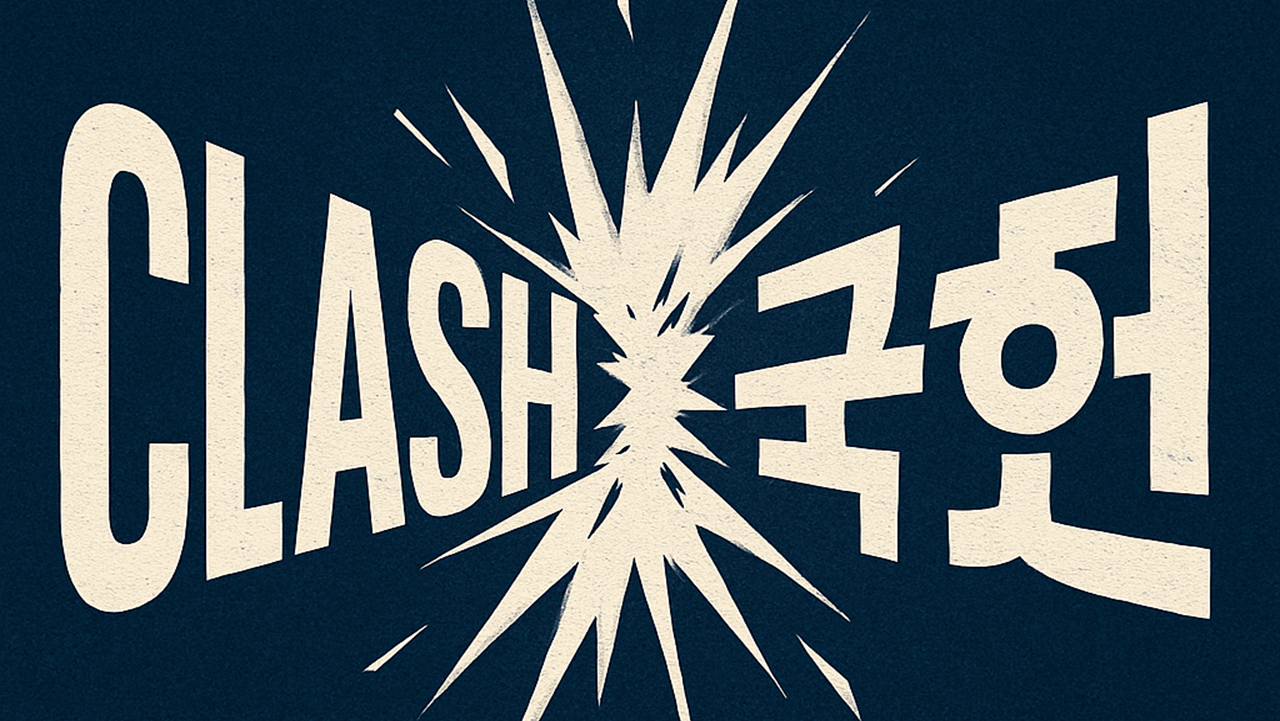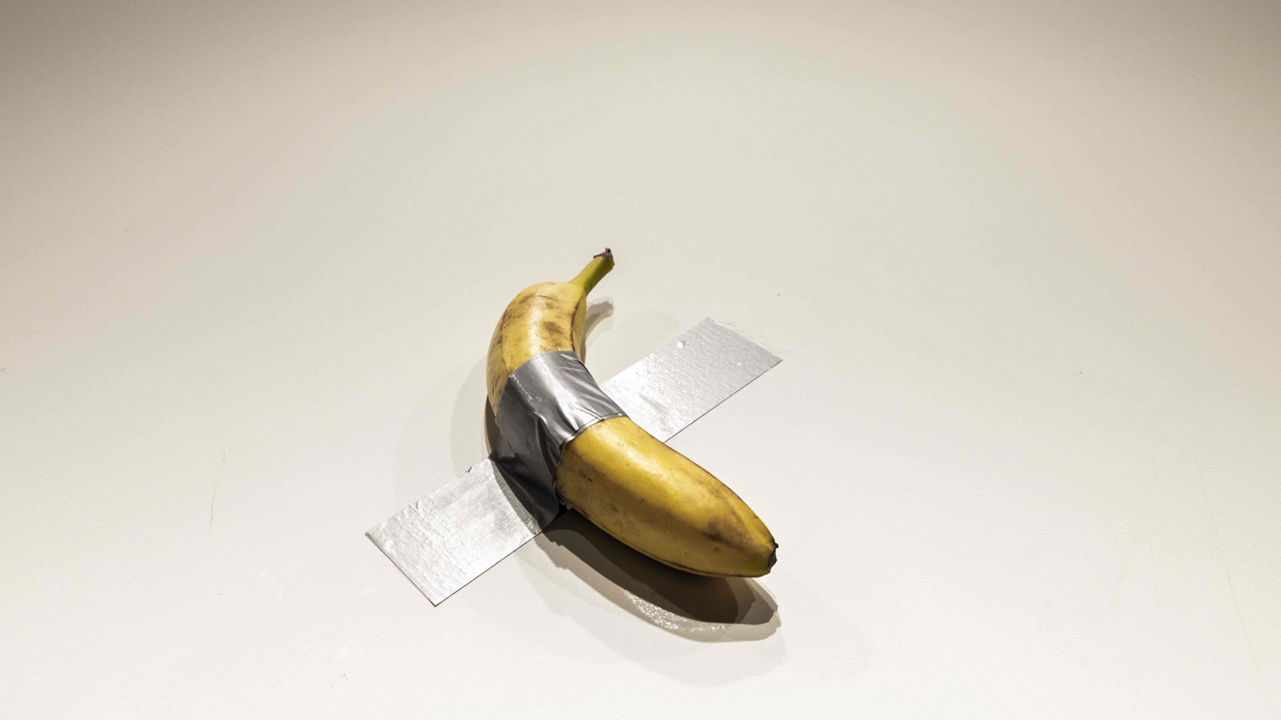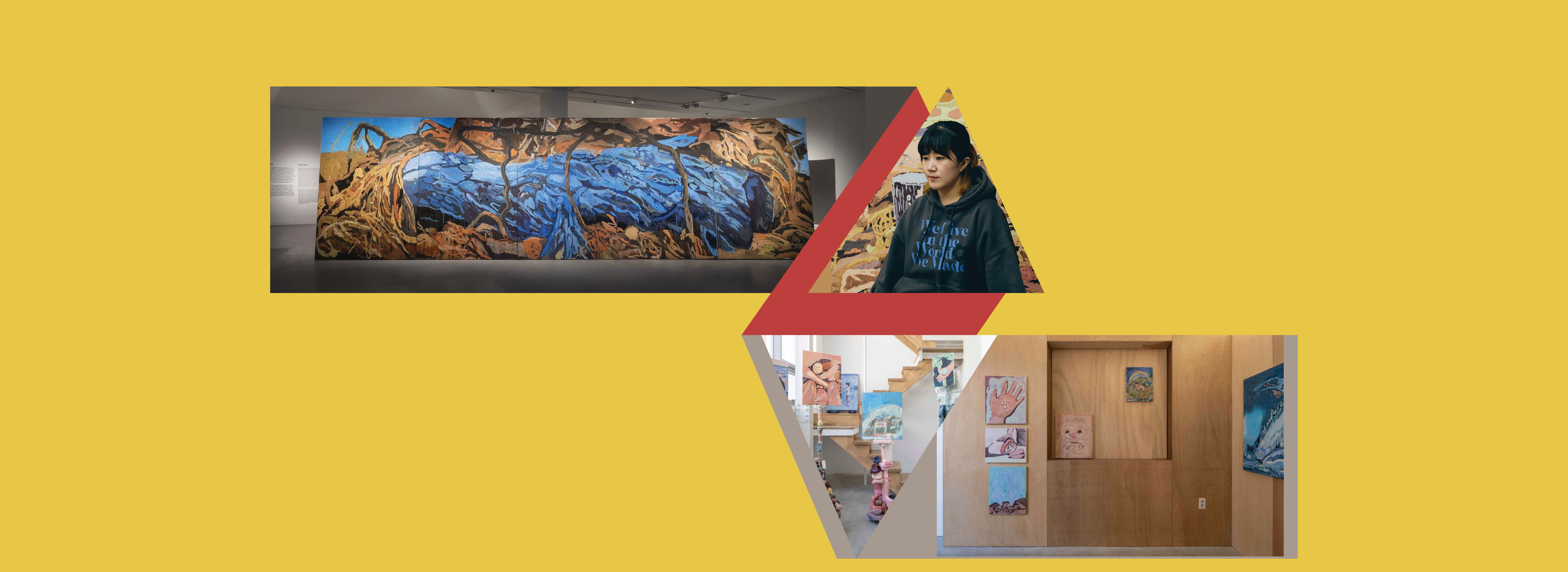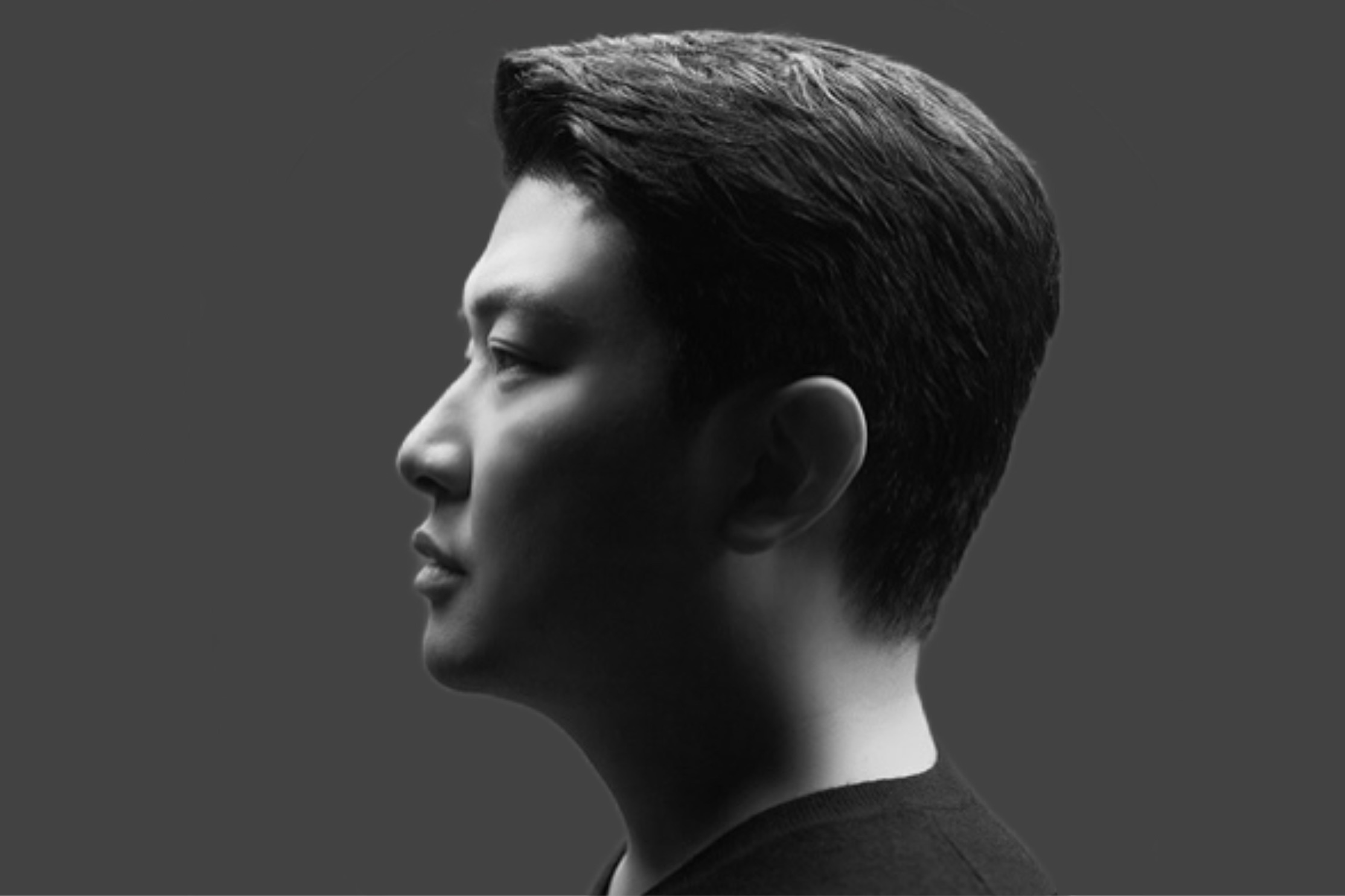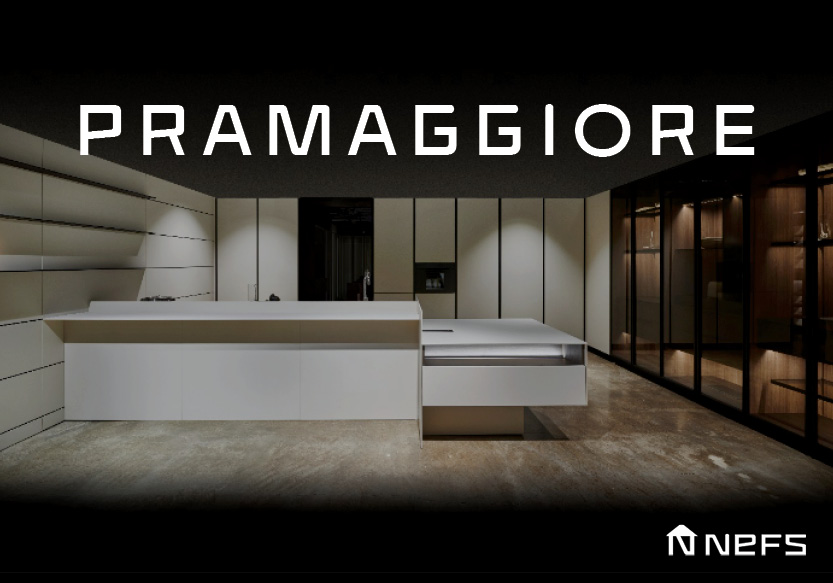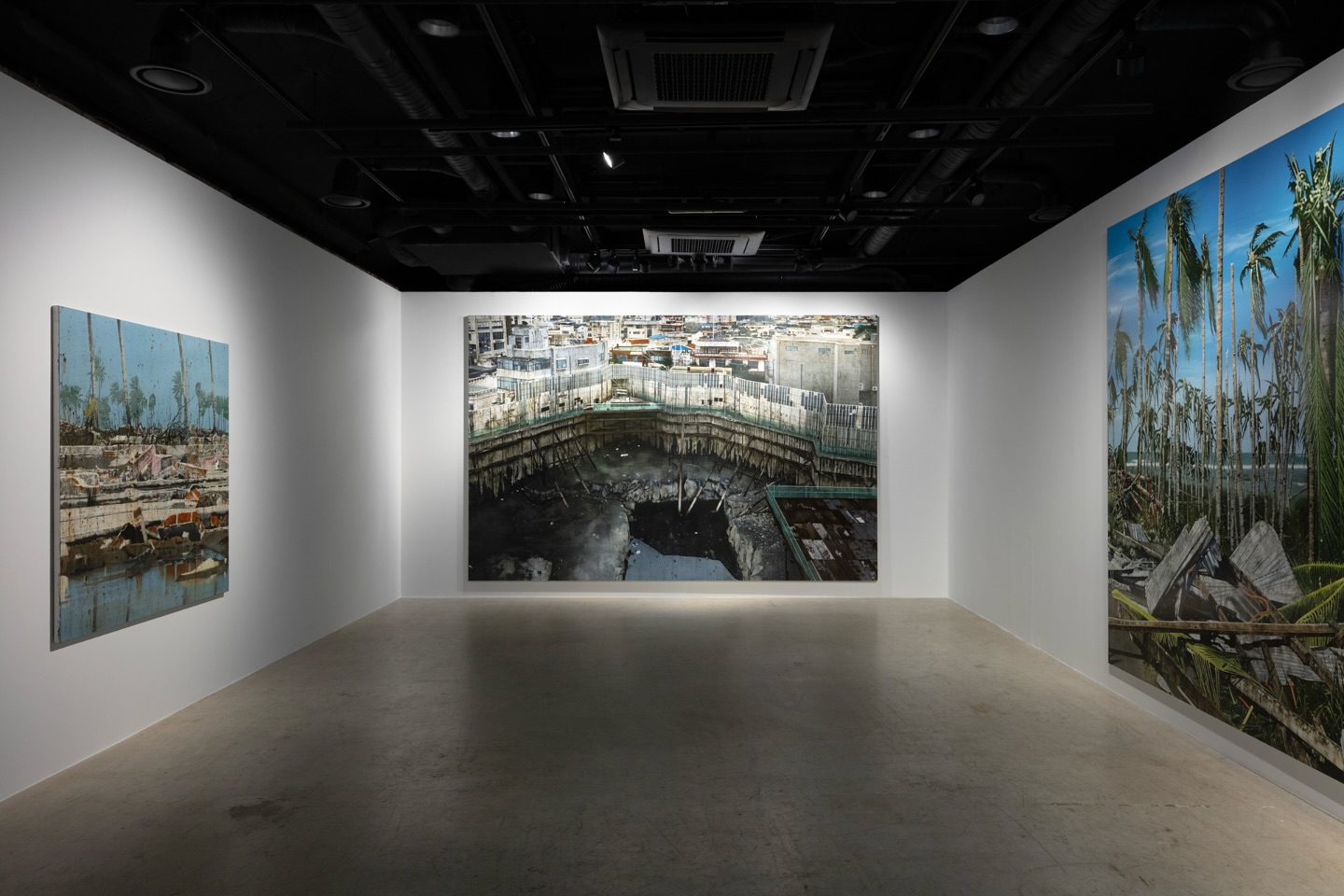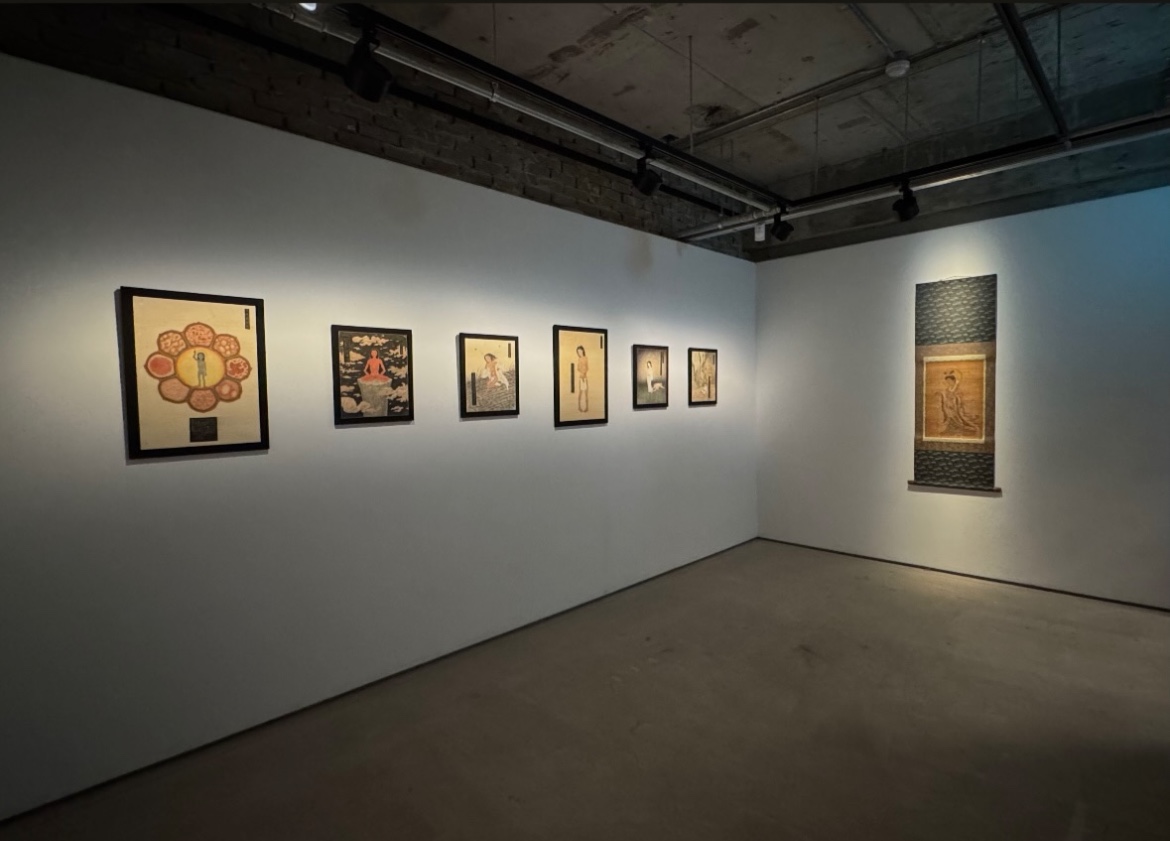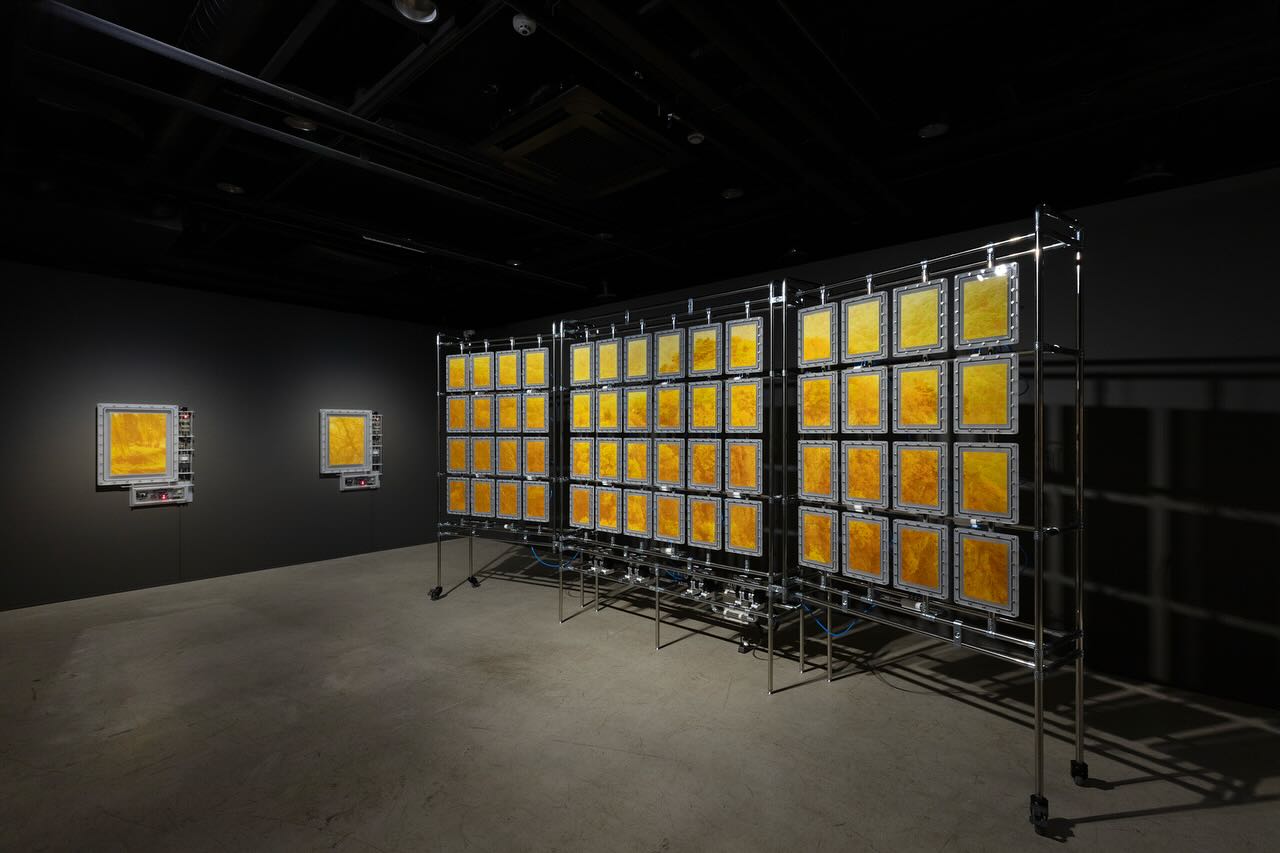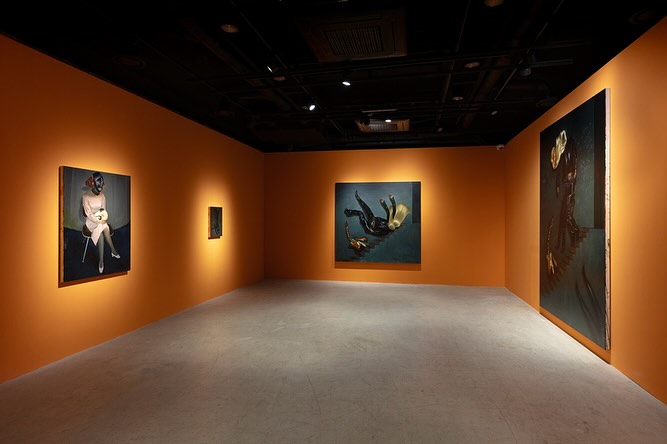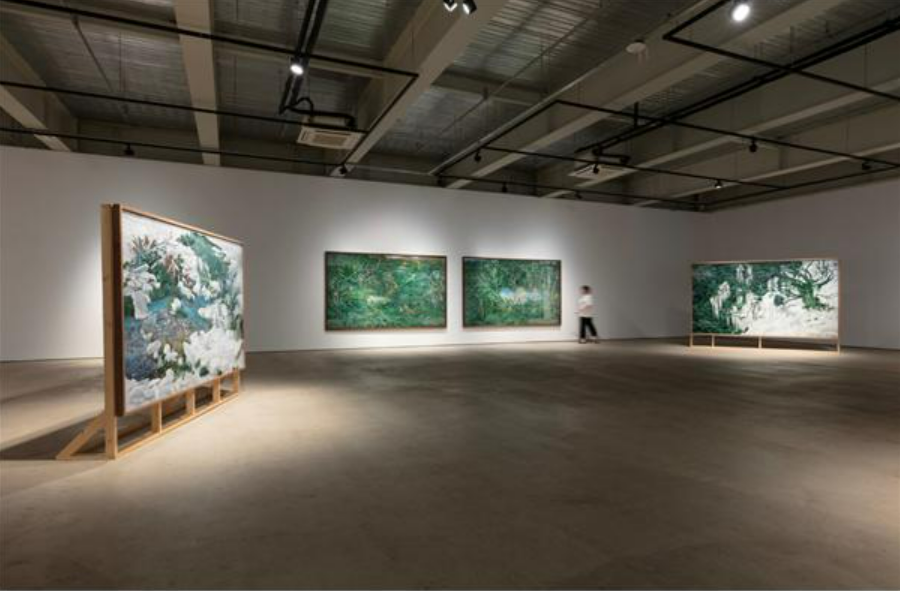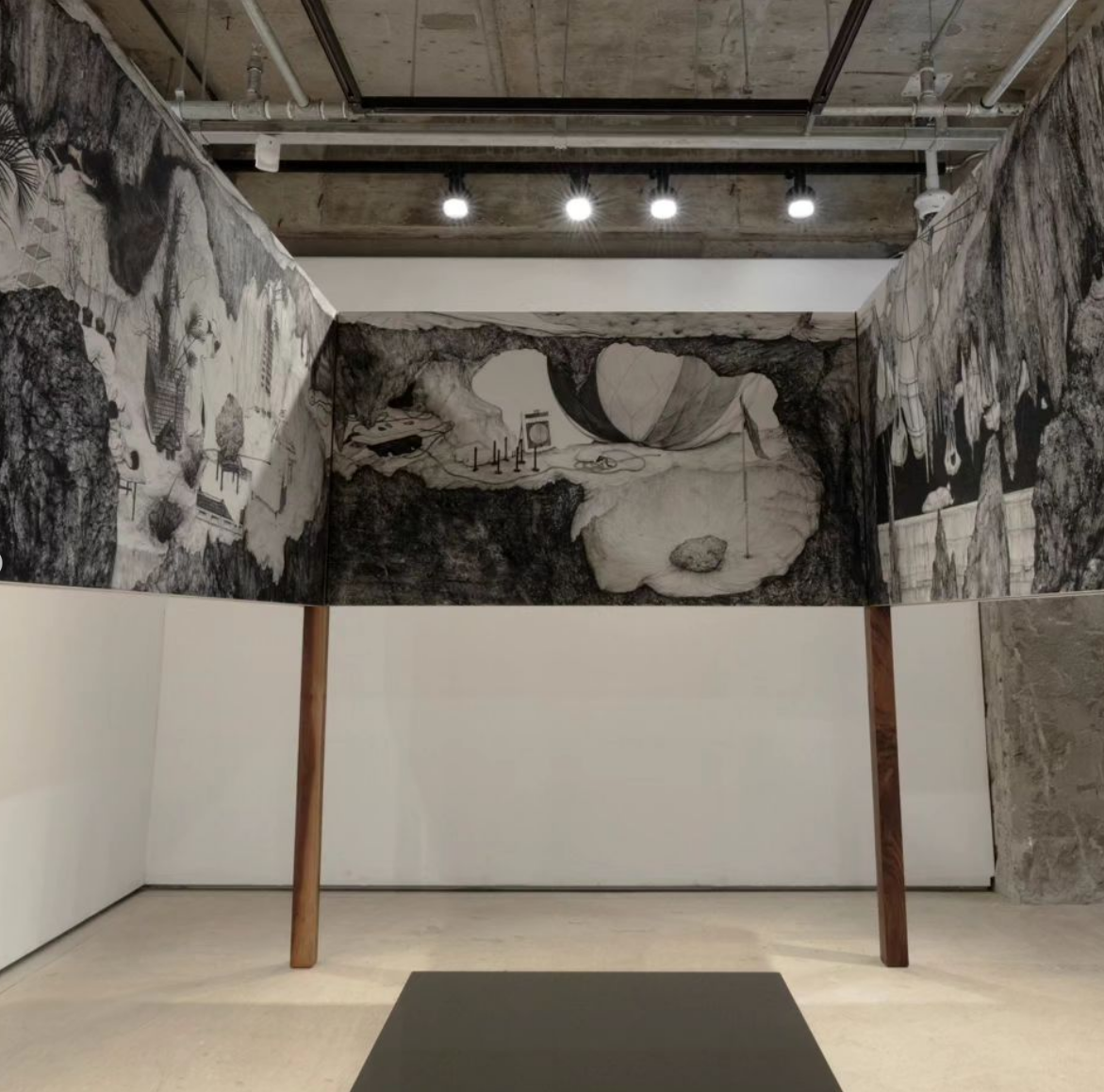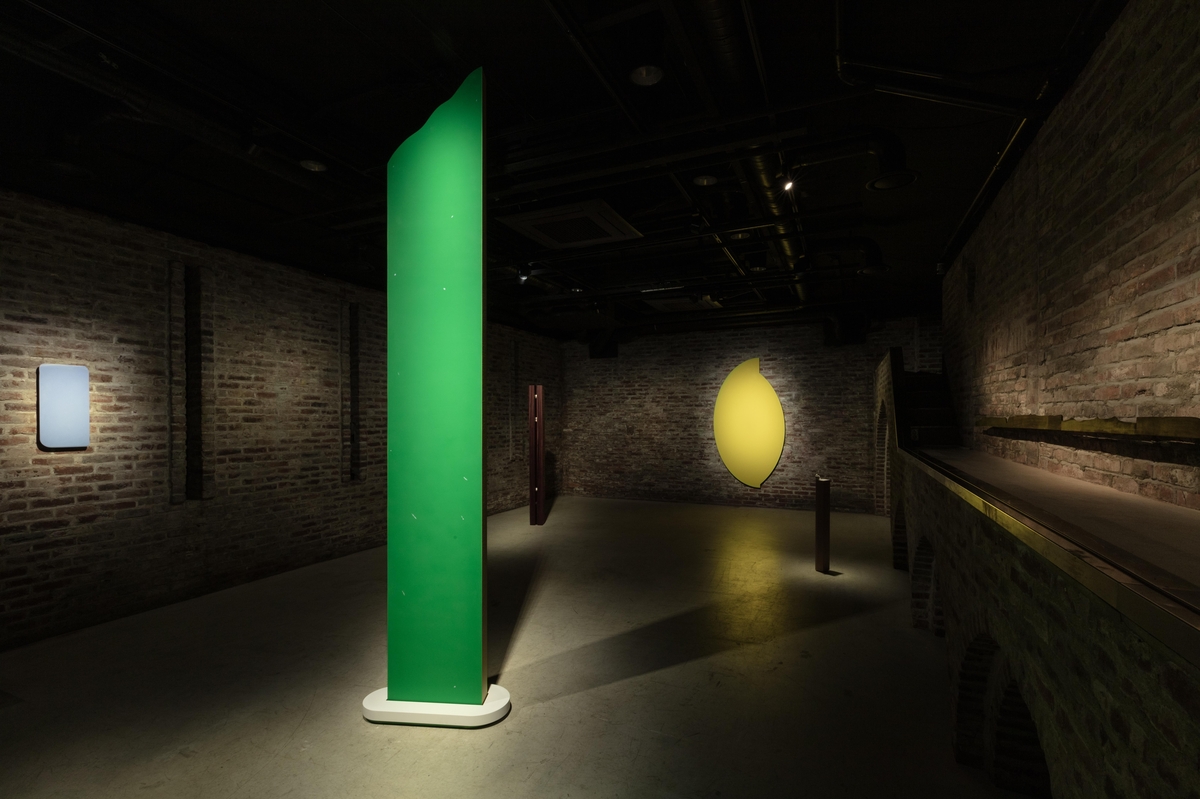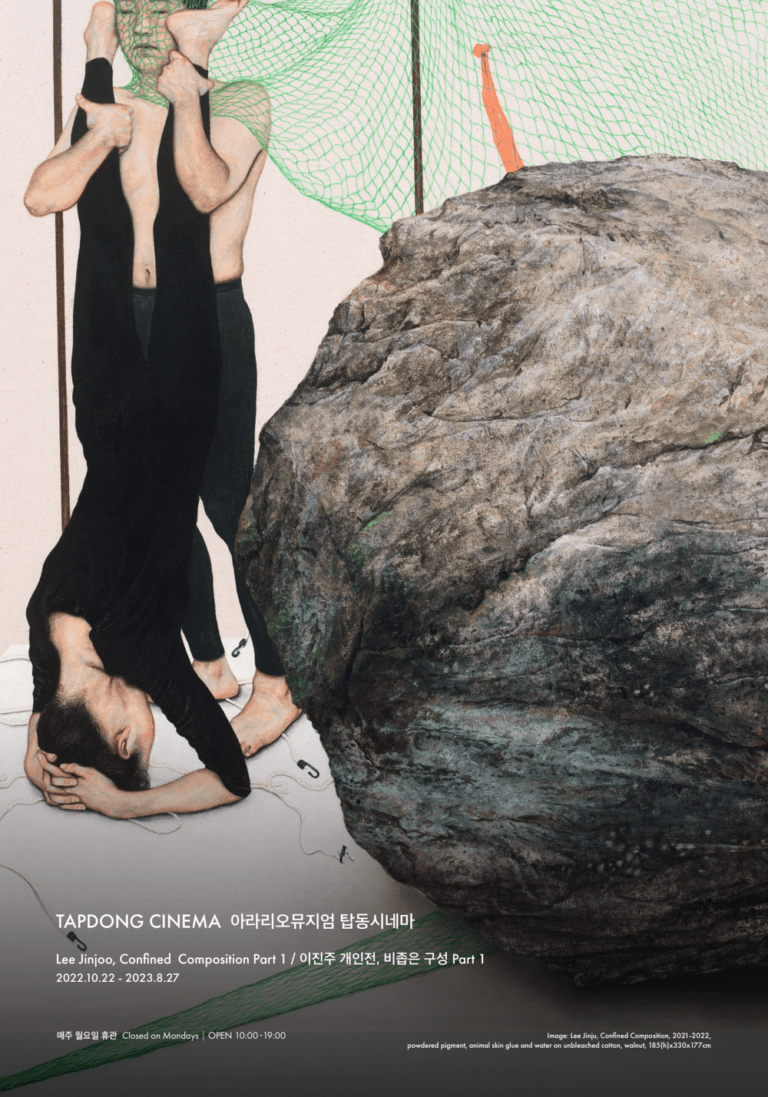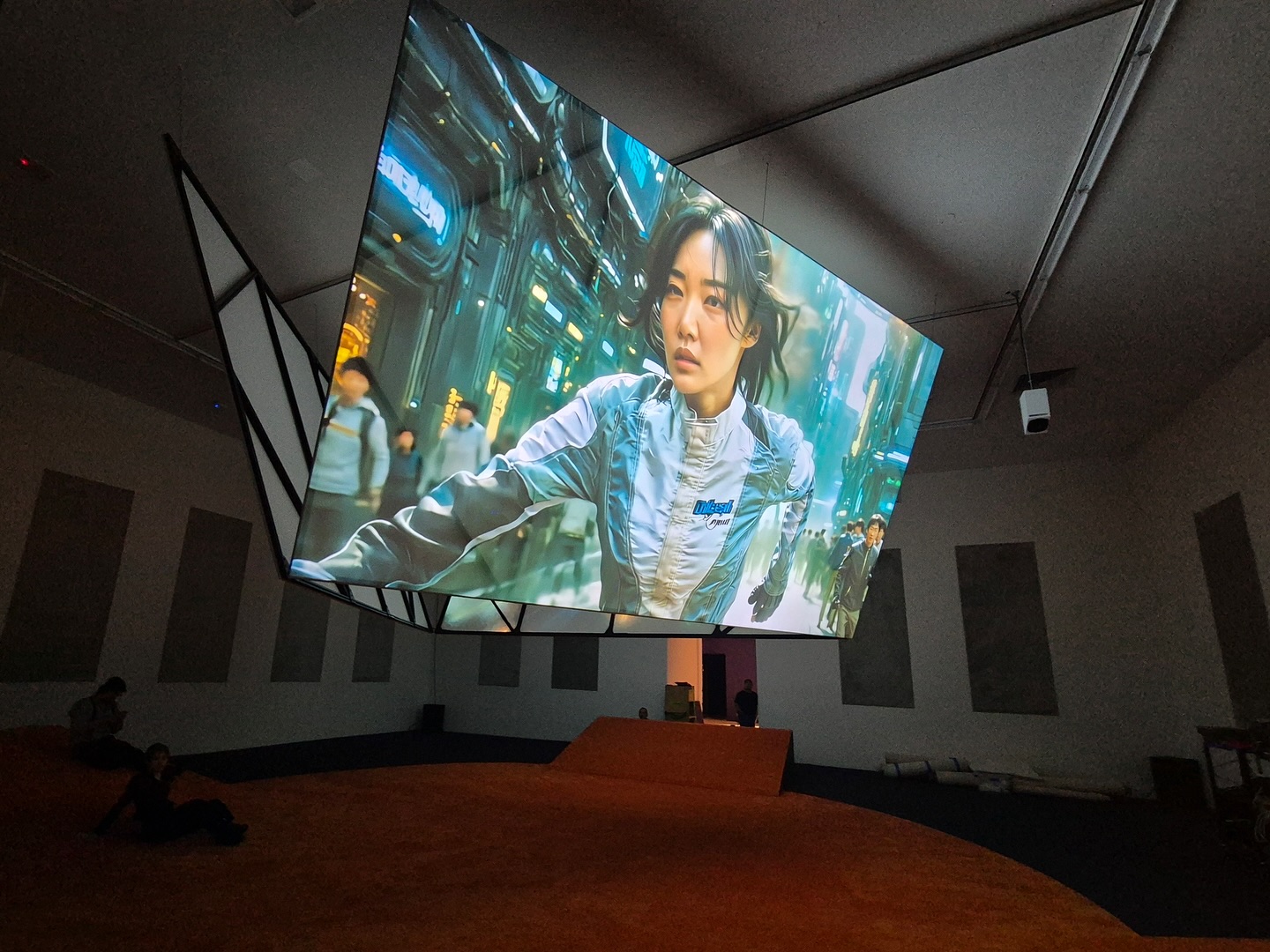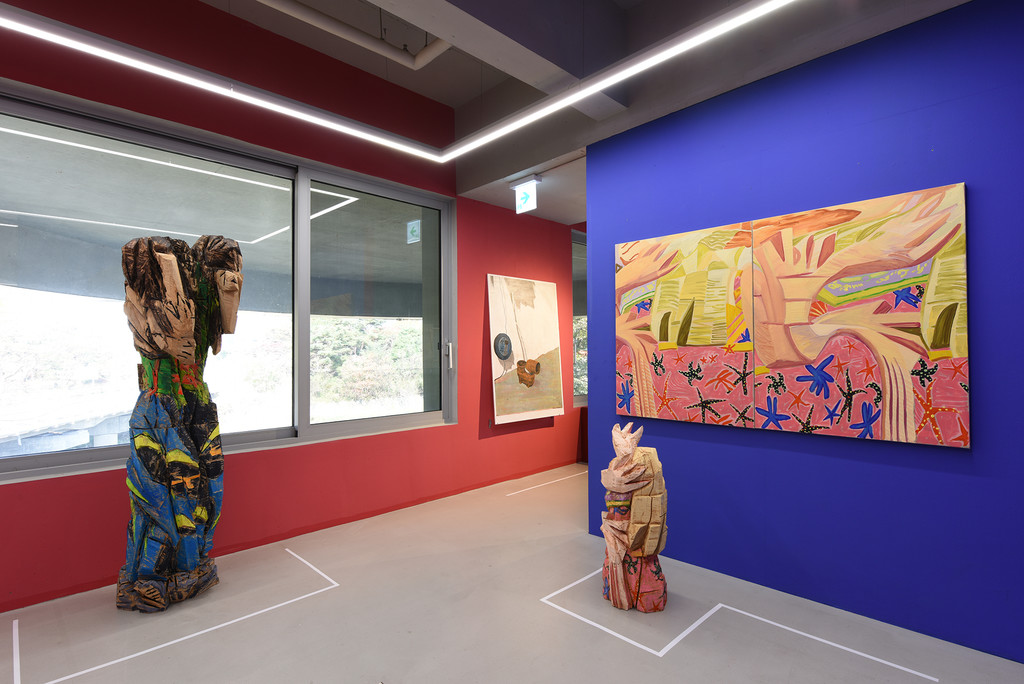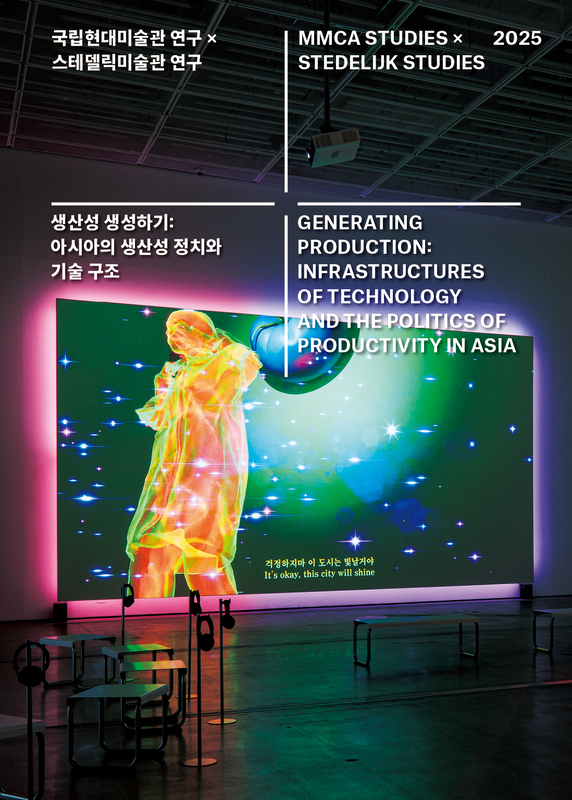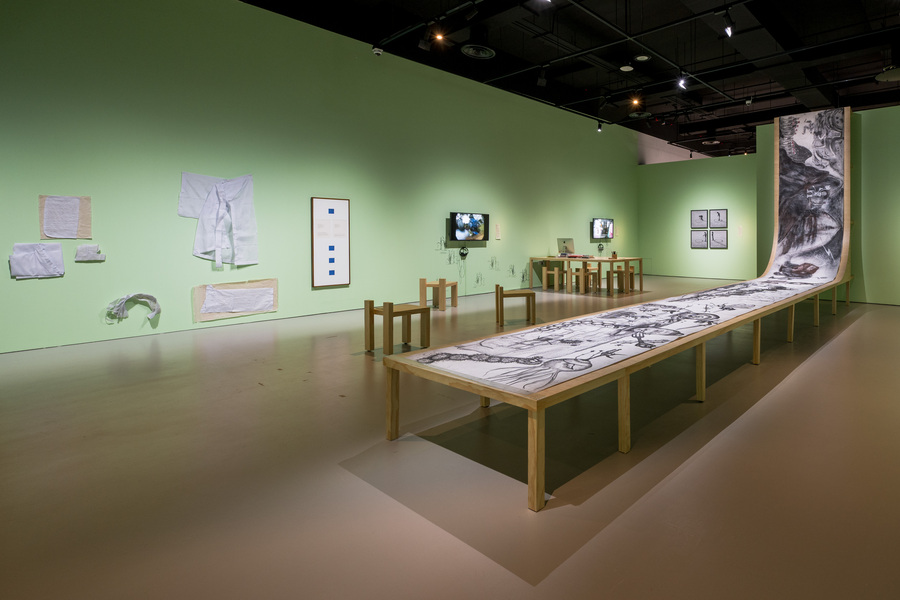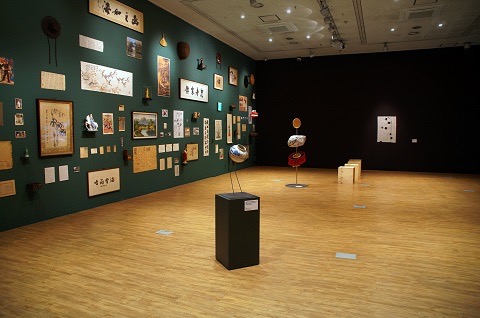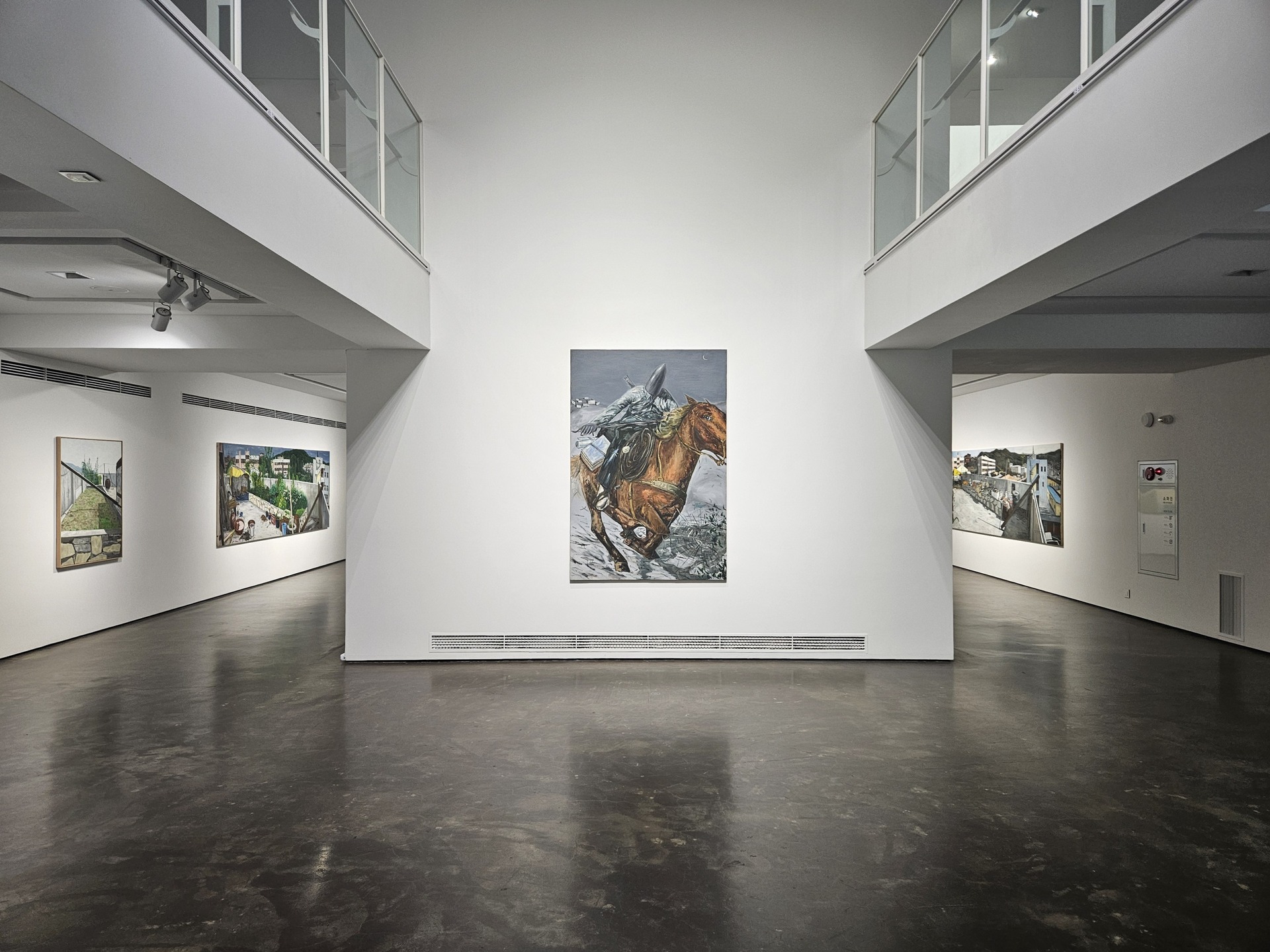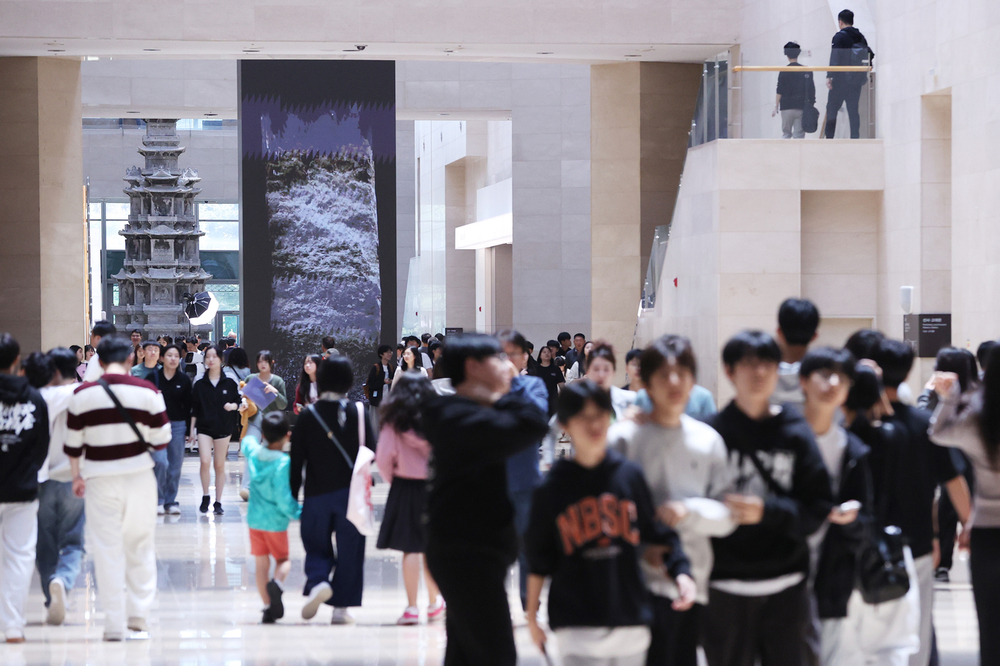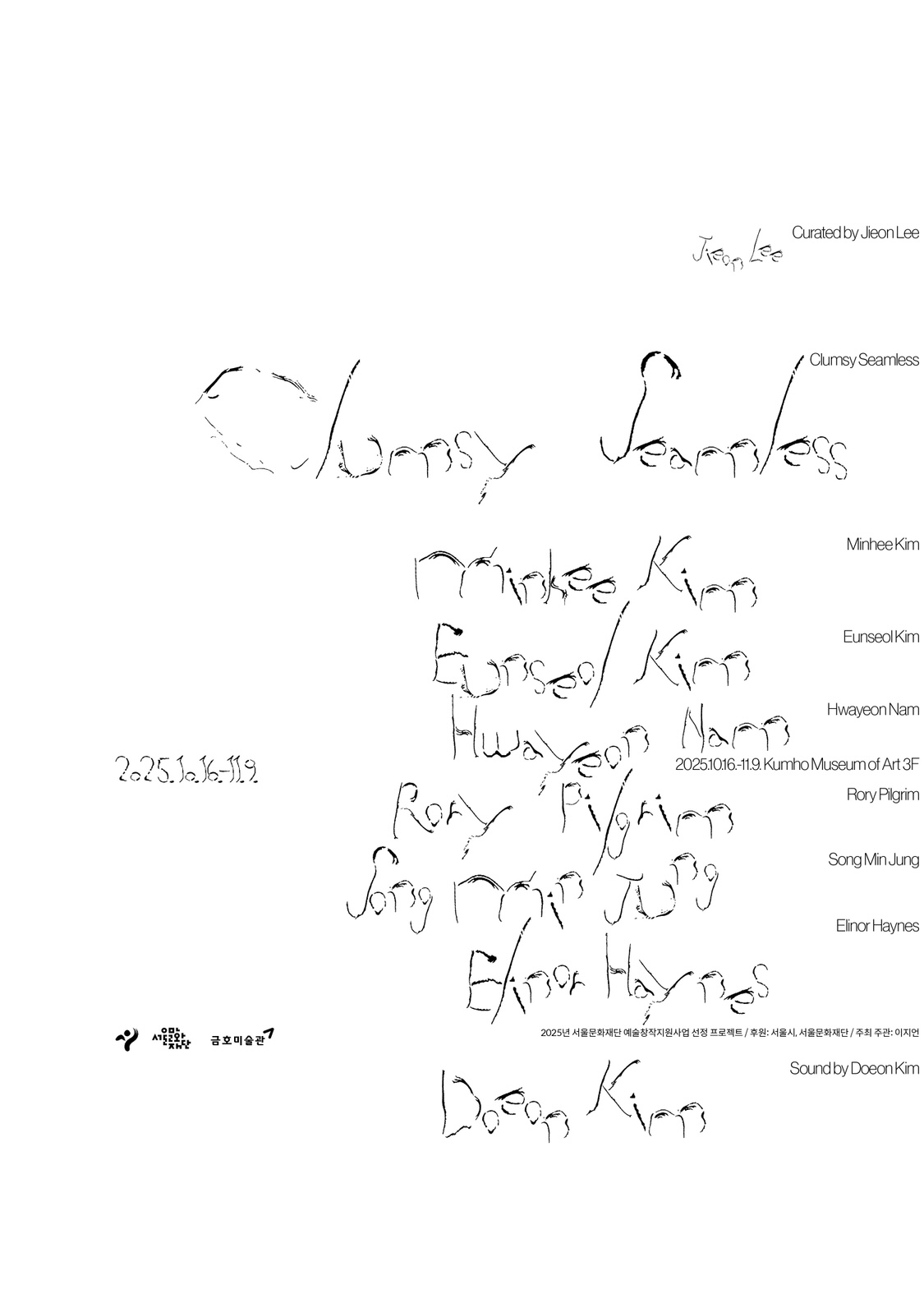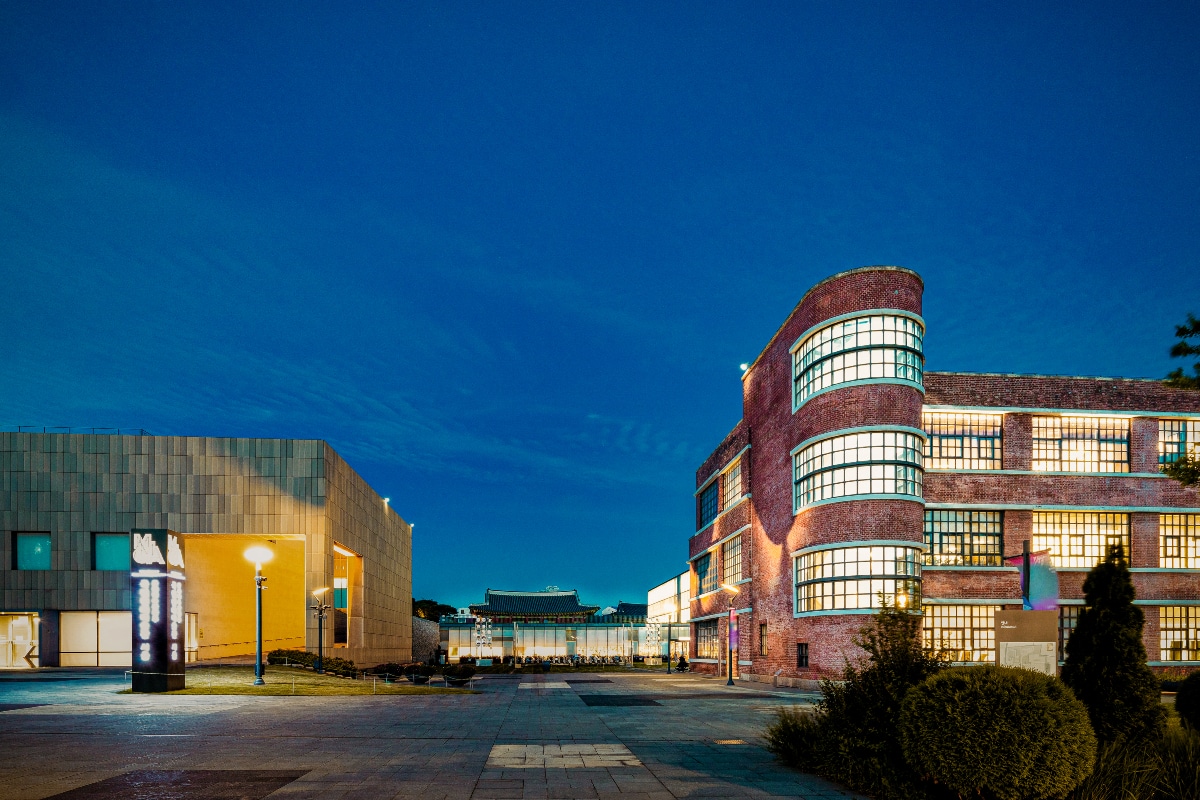 Installation view
of 《is of》 ©ARARIO MUSEUM
Installation view
of 《is of》 ©ARARIO MUSEUMARARIO MUSEUM in SPACE presents a solo
exhibition 《is of》 by Jungki
Beak, until August 10.
Jungki
Beak (b. 1981) has been developing a body of work since 2007 that revolves
around themes of healing, preservation, regeneration, nature, and desire. His
practice begins with the creation of a unique artistic medium that merges
traditional forms—such as photography and sculpture—with scientific techniques.
A representative example of this approach is his ongoing series 'is of', which
forms the core of this exhibition.
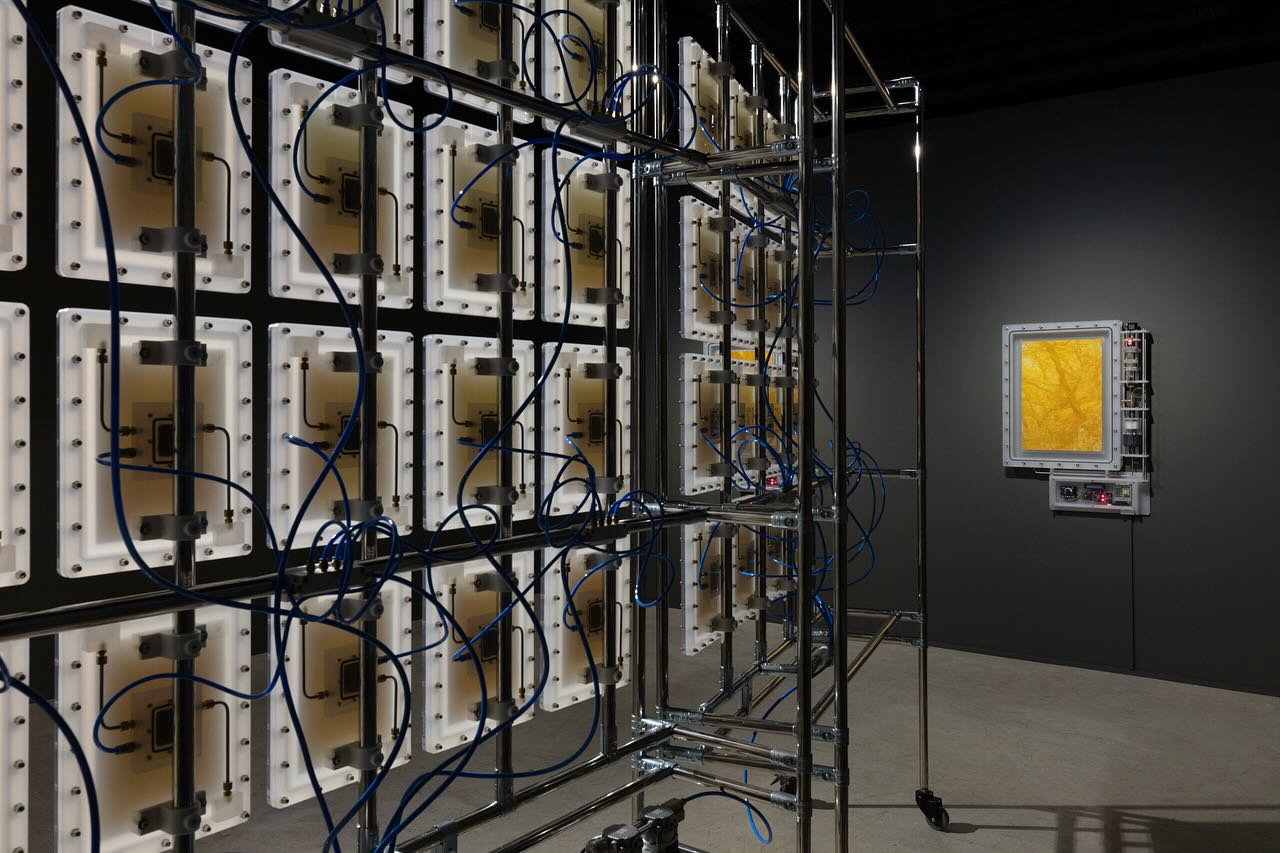 Installation view
of 《is of》 ©ARARIO MUSEUM
Installation view
of 《is of》 ©ARARIO MUSEUMFirst
initiated in 2011, is of is a photographic series in which the artist captures
natural landscapes at specific locations and develops the resulting images
using pigments extracted from natural elements collected on-site. To slow the
inevitable fading of these natural pigments, Beak coats the prints in
transparent epoxy and presents them in oxygen-sealed chambers. This process of
preservation reflects humanity’s desire to possess and protect nature, while
also pointing to the paradox between the finite and the infinite in existence.
The
exhibition title 'is of' is derived from the phrase structure “A is of B,”
which can be interpreted as “A derives from B.” This formulation inherently
establishes a hierarchical relationship between A and B—implying that the
photographic image is not something detached from the temporality of the
natural landscape, but rather an integral part originating from it.
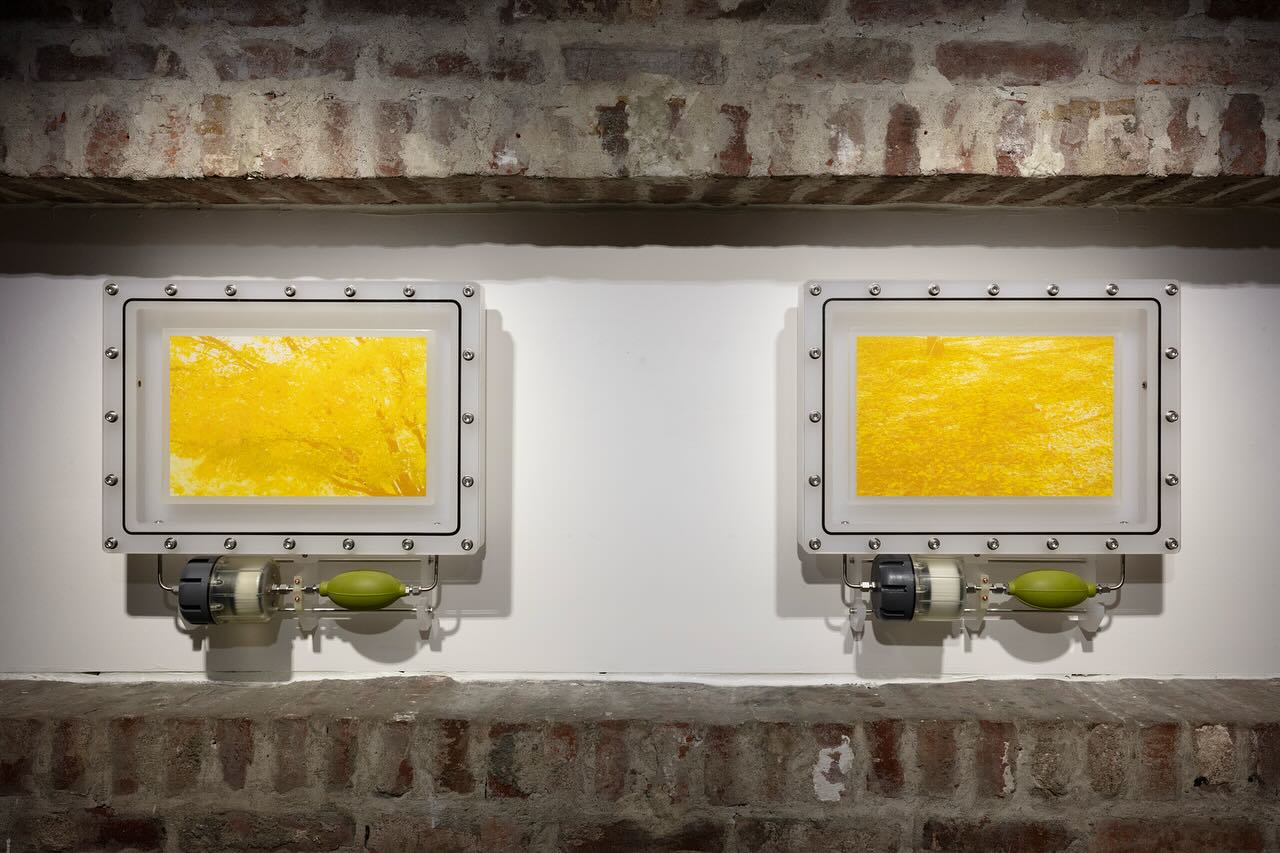 Installation view
of 《is of》 ©ARARIO MUSEUM
Installation view
of 《is of》 ©ARARIO MUSEUMThrough
this title, viewers are invited to trace the origin of each work. For instance,
a work titled is of Dumulmeori 2024-2 indicates that the
photograph was taken and natural materials were collected at Dumulmeori in
2024, and that this is the second piece created using the site as its motif.
Whereas traditional photography captures
and fixes a fleeting moment, Beak’s photographic works—due to the very nature
of the materials used—gradually fade over time. Rather than freezing time,
these works suggest that the subject exists as part of a living cycle, one that
transforms and ultimately fades away, in harmony with the rhythms of nature and
human life.



